Fail to Prepare, Prepare to Fail!
11 Jun


Inspect, Repair and Prepare the Application Surface
Common Interior Wall ProblemsThe following conditions can affect product adhesion and performance. Be sure you address each one before installing product:
- Too much texture surface. The more textured a wall is, the more difficult it will be for standard vinyl to adhere to it.
- Poor bond between the paint, finish or wall covering and the substrate. If the surface finish or wall covering’s bond to the application surface is not excellent over the entire application, the product may not adhere properly and may have a poor finished appearance. Where possible, repair a poorly bonded surface finish as you would a damaged surface. For poorly bonded wall coverings, the optimal solution is to remove it, clean repair the substrate, apply primer and paint or another finish, and allow to cure.
- Surface finish that is “out-gassing”. As a surface finish dries, it releases certain gases until it is fully dried and cured. Applying product before the process has finished can result in lifting, bubbles, and premature failure. Patched areas that are not smooth and/or have not been sealed will present a challenge.
- Moisture behind or on the application substrate, often due to dripping or condensation, which may not be obvious at product installation degrades the vinyl's ability to adhere. This may include but is not limited to: substrates near or under cooling systems, water pipes, covered windows and uncovered windows.
- Any type of contamination (including dust, dirt, oil, food, vehicle exhaust, etc.) that has not been properly cleaned before product installation will also affect adhesion.
- Smooth by sanding and/or using an appropriate filler. Assure that any filler is fully cured before proceeding.
- Seal the surface with primer and a finish, such as paint or other sealant. Two coats may be needed. Follow the manufacturer’s recommendations for surface preparation and chemical application.
- When painting a surface, use a high quality, semi-gloss paint, not a matte paint or paint with silicone, graffiti-resistant or texturizing additives.
- Allow the surface to cure thoroughly before product Installation.
- For most surfaces, wash with a solution of detergent and lukewarm water. Rinse thoroughly and dry. Avoid soaps or preparations that contain waxes, oils or lotions.
- For stubborn grease or exhaust contamination, tri-sodium phosphate cleaner may be needed. Use according to the manufacturer’s recommendations.
- Smooth poured concrete walls may require power washing or hand washing with a stiff brush and a detergent cleaner followed by a clean water rinse to remove grease and/or exhaust contaminants. Allow the surface to dry thoroughly (at least 24 hours) before product application.
- Even if a surface is freshly painted or finished, dust it immediately before product application using a soft, clean, lint-free cloth.

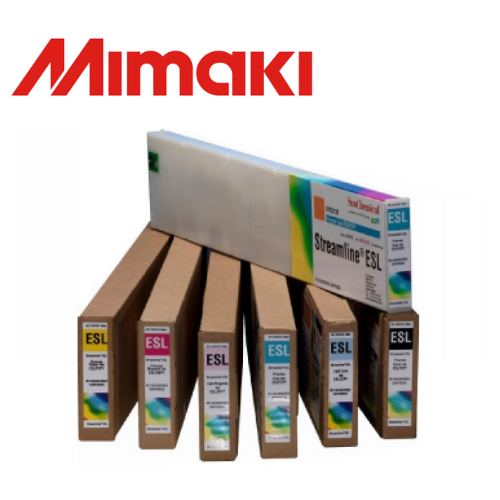

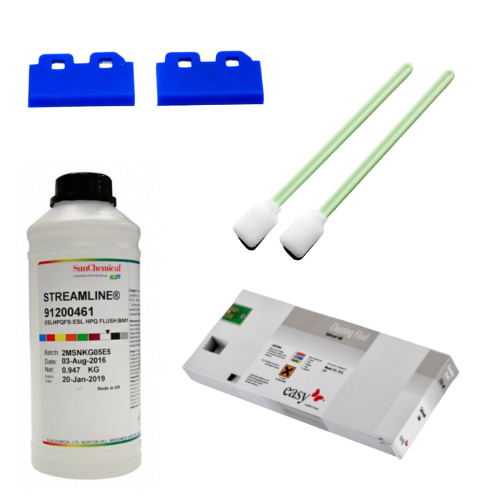
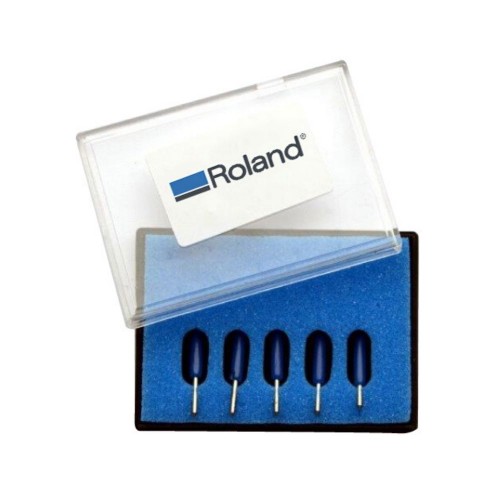
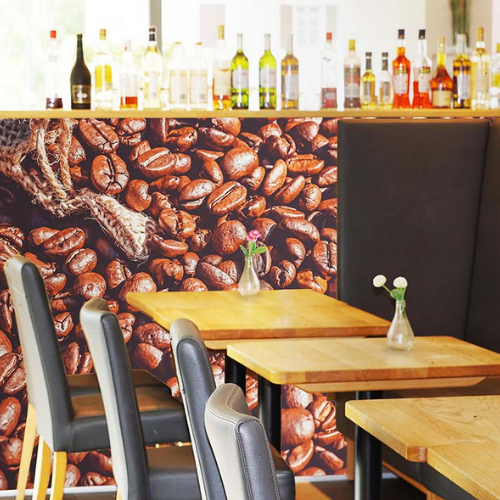


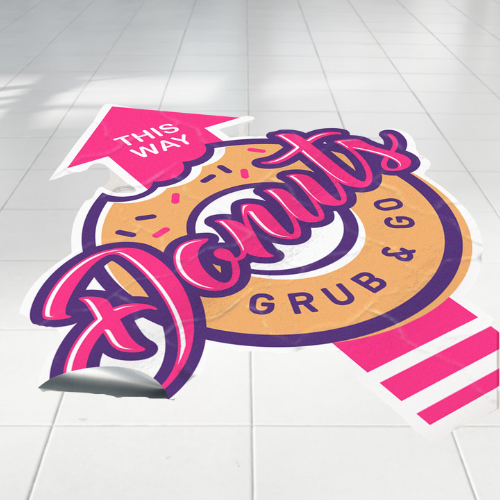

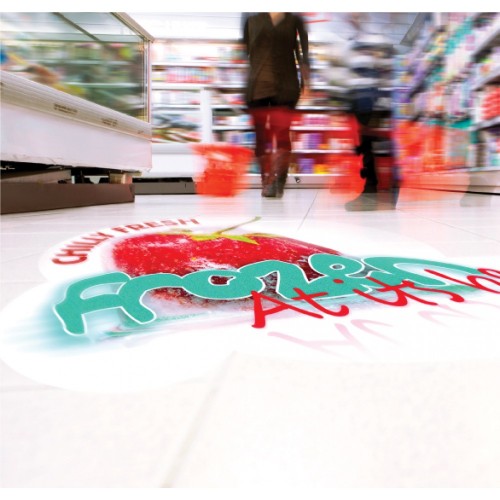

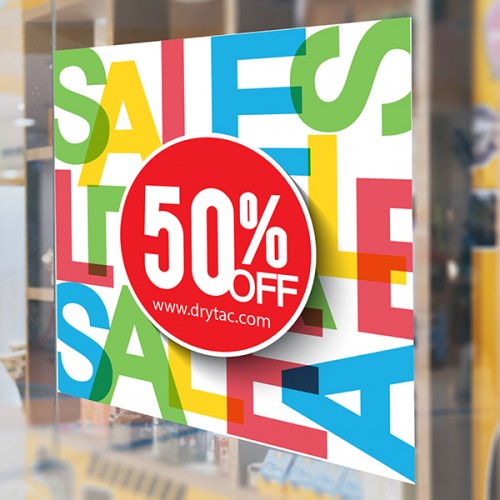


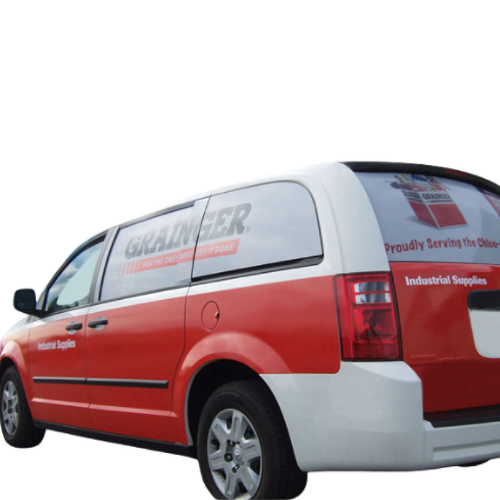
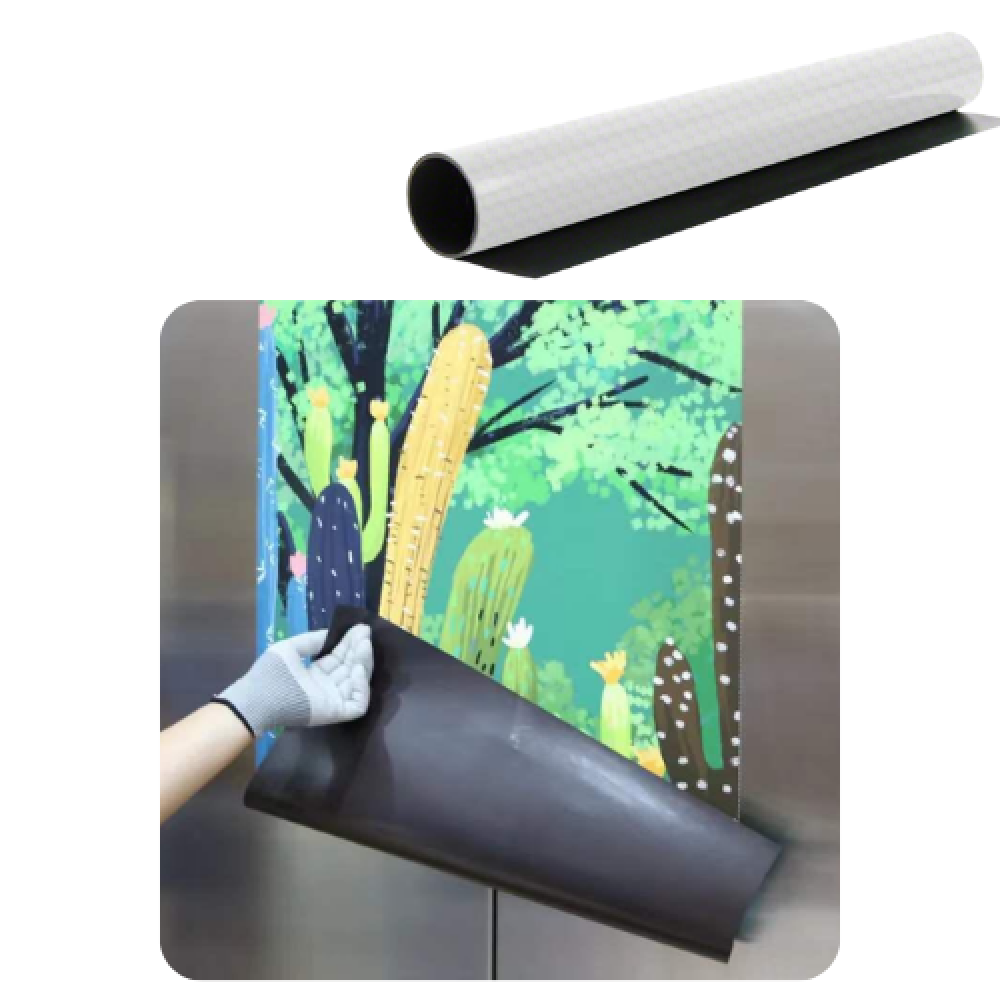
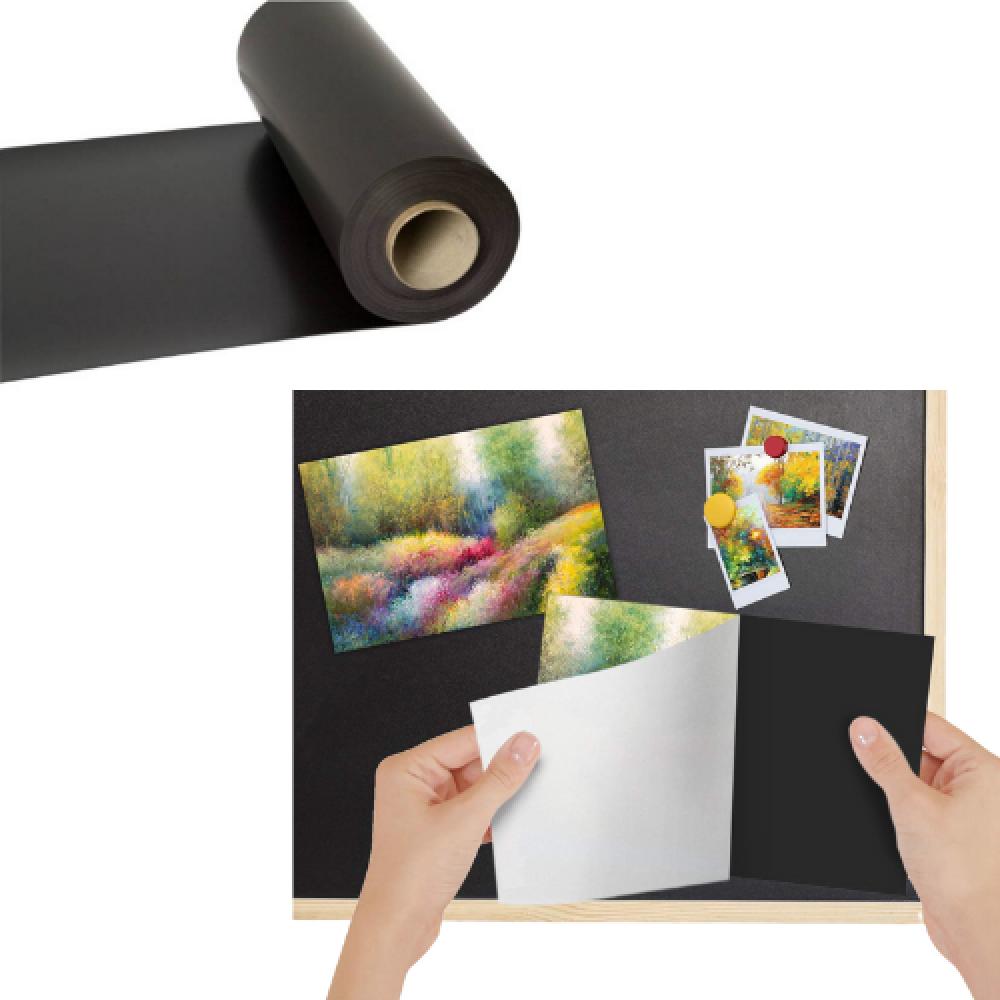
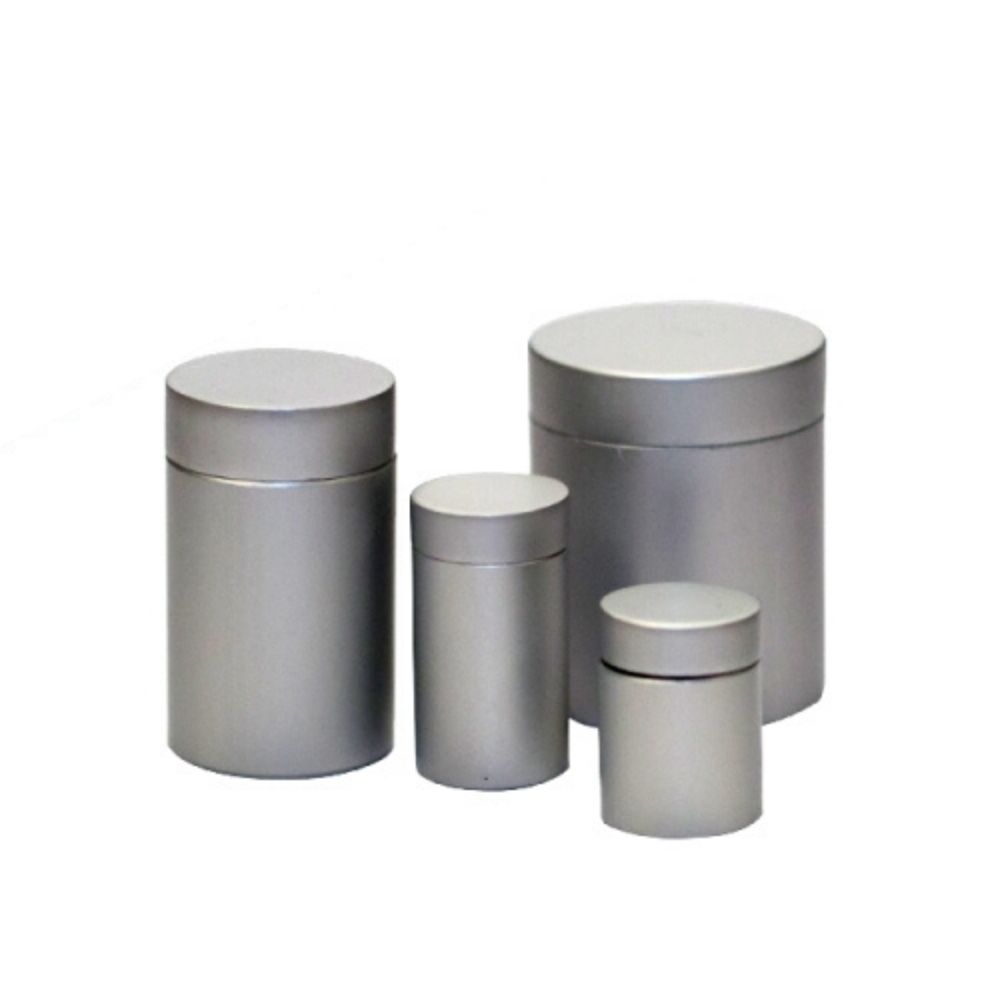
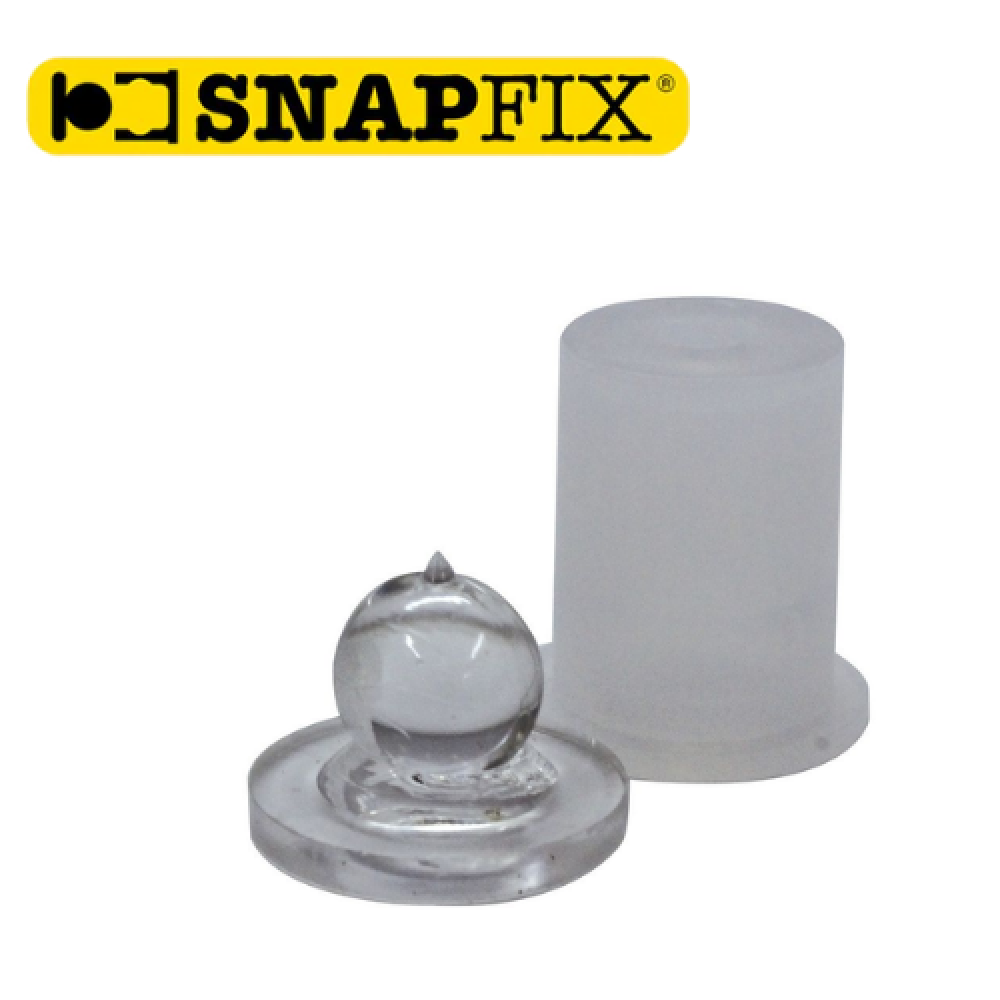
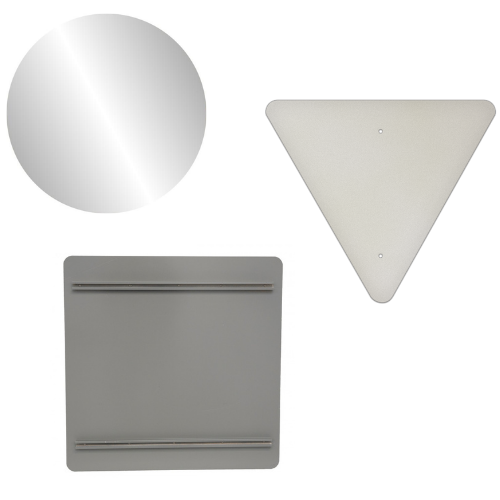



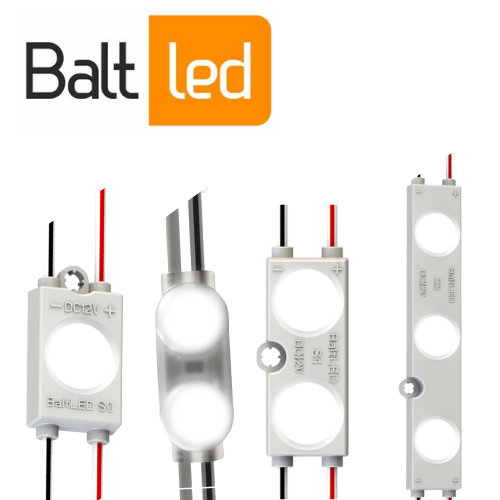
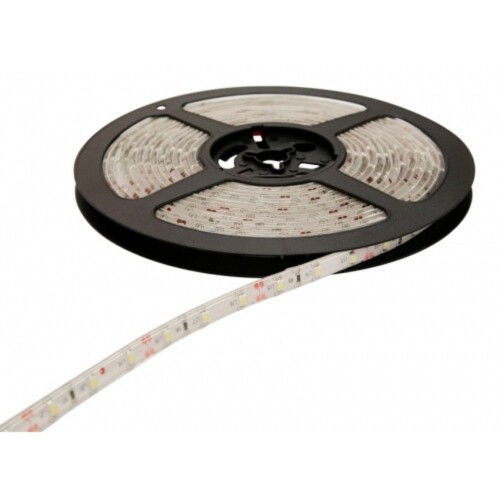
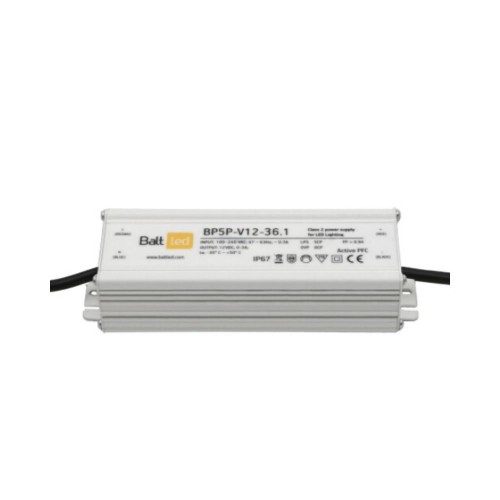


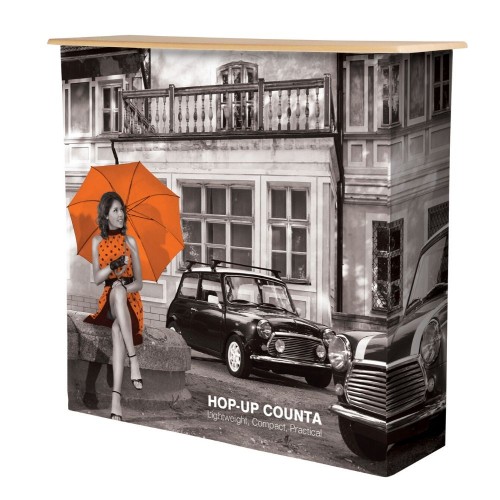
31 Comment(s)
FB88 cung cấp rất nhiều loại trò chơi bài, tôi luôn tìm được trò chơi phù hợp với mình.\r\nChế độ VIP của FB88 rất hoàn chỉnh, phần thưởng phong phú.\r\nTrải nghiệm chơi game trên FB88 luôn là những khoảnh khắc thú vị và đáng nhớ.
FB88 có một hệ thống thanh toán rất nhanh chóng và an toàn.\r\nHệ thống cá cược của FB88 rất chuyên nghiệp, tỷ lệ cược rất công bằng.\r\nFB88 cung cấp rất nhiều lựa chọn cá cược thể thao, đáp ứng mọi nhu cầu của người chơi.
LG VINA COSMETICS CO., LTD., established in 1997, takes pride in bringing renowned cosmetic brands and premium home and personal care brands to Vietnamese customers. We currently operate in two main categories: Beauty and HDB (Home Care and Daily Beauty). The Beauty category includes products from skincare, cosmetics, and functional food groups, while the HDB category covers products in home care and daily personal care groups. With a vision to become a leading company in the beauty and health industry, we are meticulous at every stage of management to ensure that our products are of the highest quality and meet customer needs.
LG VINA COSMETICS CO., LTD., established in 1997, takes pride in bringing renowned cosmetic brands and premium home and personal care brands to Vietnamese customers. We currently operate in two main categories: Beauty and HDB (Home Care and Daily Beauty). The Beauty category includes products from skincare, cosmetics, and functional food groups, while the HDB category covers products in home care and daily personal care groups. With a vision to become a leading company in the beauty and health industry, we are meticulous at every stage of management to ensure that our products are of the highest quality and meet customer needs.
LiveBet là một nền tảng giải trí trực tuyến sáng tạo, cung cấp cược thể thao trực tiếp và nhiều tính năng tương tác. Dù bạn là fan của bóng đá, bóng rổ hay các giải đấu eSports, LiveBet đều mang đến cho bạn trải nghiệm cược hấp dẫn. Với hệ thống cập nhật tỷ lệ cược nhanh chóng, bạn có thể cược trong suốt trận đấu và tận dụng mọi cơ hội chiến thắng. Các phương thức thanh toán an toàn và dịch vụ khách hàng 24/7 đảm bảo bạn chơi mà không lo lắng. Tham gia LiveBet ngay hôm nay để trải nghiệm cược trực tuyến tiên tiến nhất!
LiveBet là một nền tảng giải trí trực tuyến sáng tạo, cung cấp cược thể thao trực tiếp và nhiều tính năng tương tác. Dù bạn là fan của bóng đá, bóng rổ hay các giải đấu eSports, LiveBet đều mang đến cho bạn trải nghiệm cược hấp dẫn. Với hệ thống cập nhật tỷ lệ cược nhanh chóng, bạn có thể cược trong suốt trận đấu và tận dụng mọi cơ hội chiến thắng. Các phương thức thanh toán an toàn và dịch vụ khách hàng 24/7 đảm bảo bạn chơi mà không lo lắng. Tham gia LiveBet ngay hôm nay để trải nghiệm cược trực tuyến tiên tiến nhất!
Tôi luôn cảm thấy an tâm khi chơi tại FB88, họ rất chú trọng bảo mật thông tin người chơi.\r\nChất lượng hình ảnh và âm thanh của trò chơi trên FB88 rất tốt, tôi rất thích.\r\nTôi thích các phương thức nạp và rút tiền đa dạng mà FB88 cung cấp, rất tiện lợi.
FB88 cung cấp một trải nghiệm cá cược thể thao rất toàn diện, từ các sự kiện đến game giải trí.\r\nFB88 là một nền tảng rất uy tín và đáng tin cậy.\r\nKhả năng cá cược thể thao trên FB88 rất tốt, tôi rất thích tham gia các sự kiện thể thao trực tiếp.
LiveBet là một nền tảng giải trí trực tuyến sáng tạo, cung cấp cược thể thao trực tiếp và nhiều tính năng tương tác. Dù bạn là fan của bóng đá, bóng rổ hay các giải đấu eSports, LiveBet đều mang đến cho bạn trải nghiệm cược hấp dẫn. Với hệ thống cập nhật tỷ lệ cược nhanh chóng, bạn có thể cược trong suốt trận đấu và tận dụng mọi cơ hội chiến thắng. Các phương thức thanh toán an toàn và dịch vụ khách hàng 24/7 đảm bảo bạn chơi mà không lo lắng. Tham gia LiveBet ngay hôm nay để trải nghiệm cược trực tuyến tiên tiến nhất!
LiveBet là một nền tảng giải trí trực tuyến sáng tạo, cung cấp cược thể thao trực tiếp và nhiều tính năng tương tác. Dù bạn là fan của bóng đá, bóng rổ hay các giải đấu eSports, LiveBet đều mang đến cho bạn trải nghiệm cược hấp dẫn. Với hệ thống cập nhật tỷ lệ cược nhanh chóng, bạn có thể cược trong suốt trận đấu và tận dụng mọi cơ hội chiến thắng. Các phương thức thanh toán an toàn và dịch vụ khách hàng 24/7 đảm bảo bạn chơi mà không lo lắng. Tham gia LiveBet ngay hôm nay để trải nghiệm cược trực tuyến tiên tiến nhất!
LiveBet là một nền tảng giải trí trực tuyến sáng tạo, cung cấp cược thể thao trực tiếp và nhiều tính năng tương tác. Dù bạn là fan của bóng đá, bóng rổ hay các giải đấu eSports, LiveBet đều mang đến cho bạn trải nghiệm cược hấp dẫn. Với hệ thống cập nhật tỷ lệ cược nhanh chóng, bạn có thể cược trong suốt trận đấu và tận dụng mọi cơ hội chiến thắng. Các phương thức thanh toán an toàn và dịch vụ khách hàng 24/7 đảm bảo bạn chơi mà không lo lắng. Tham gia LiveBet ngay hôm nay để trải nghiệm cược trực tuyến tiên tiến nhất!
Trường Tiểu học Nguyễn Trung Trực được thành lập năm 1985 có địa chỉ tại 9A Phạm Hồng Thái, phường Nguyễn Trung Trực, quận Ba Đình, Hà Nội (Nay thành phường Trúc Bạch). Trường hoạt động dưới sự quản lý của UBND quận Ba Đình và Phòng Giáo dục và Đào tạo Ba Đình. Trường được xây dựng khang trang trên diện tích hơn 3000 m2 với đủ các phòng học và phòng chức năng cho các hoạt động học tập, vui chơi, giải trí của học sinh.\r\nĐịa chỉ: Số 9A Phạm Hồng Thái - Ba Đình - Hà Nội\r\nEmail: s666@s666s666s.com\r\nwebsite: Https://s666s666s.com/\r\nĐiện thoại: 438261441
Trường Tiểu học Nguyễn Trung Trực được thành lập năm 1985 có địa chỉ tại 9A Phạm Hồng Thái, phường Nguyễn Trung Trực, quận Ba Đình, Hà Nội (Nay thành phường Trúc Bạch). Trường hoạt động dưới sự quản lý của UBND quận Ba Đình và Phòng Giáo dục và Đào tạo Ba Đình. Trường được xây dựng khang trang trên diện tích hơn 3000 m2 với đủ các phòng học và phòng chức năng cho các hoạt động học tập, vui chơi, giải trí của học sinh.\r\nĐịa chỉ: Số 9A Phạm Hồng Thái - Ba Đình - Hà Nội\r\nEmail: s666@s666s666s.com\r\nwebsite: Https://s666s666s.com/\r\nĐiện thoại: 438261441
Trường Tiểu học Nguyễn Trung Trực được thành lập năm 1985 có địa chỉ tại 9A Phạm Hồng Thái, phường Nguyễn Trung Trực, quận Ba Đình, Hà Nội (Nay thành phường Trúc Bạch). Trường hoạt động dưới sự quản lý của UBND quận Ba Đình và Phòng Giáo dục và Đào tạo Ba Đình. Trường được xây dựng khang trang trên diện tích hơn 3000 m2 với đủ các phòng học và phòng chức năng cho các hoạt động học tập, vui chơi, giải trí của học sinh.\r\nĐịa chỉ: Số 9A Phạm Hồng Thái - Ba Đình - Hà Nội\r\nEmail: s666@s666s666s.com\r\nwebsite: Https://s666s666s.com/\r\nĐiện thoại: 438261441
Trường Tiểu học Nguyễn Trung Trực được thành lập năm 1985 có địa chỉ tại 9A Phạm Hồng Thái, phường Nguyễn Trung Trực, quận Ba Đình, Hà Nội (Nay thành phường Trúc Bạch). Trường hoạt động dưới sự quản lý của UBND quận Ba Đình và Phòng Giáo dục và Đào tạo Ba Đình. Trường được xây dựng khang trang trên diện tích hơn 3000 m2 với đủ các phòng học và phòng chức năng cho các hoạt động học tập, vui chơi, giải trí của học sinh.\r\nĐịa chỉ: Số 9A Phạm Hồng Thái - Ba Đình - Hà Nội\r\nEmail: s666@s666s666s.com\r\nwebsite: Https://s666s666s.com/\r\nĐiện thoại: 438261441
Trường Tiểu học Nguyễn Trung Trực được thành lập năm 1985 có địa chỉ tại 9A Phạm Hồng Thái, phường Nguyễn Trung Trực, quận Ba Đình, Hà Nội (Nay thành phường Trúc Bạch). Trường hoạt động dưới sự quản lý của UBND quận Ba Đình và Phòng Giáo dục và Đào tạo Ba Đình. Trường được xây dựng khang trang trên diện tích hơn 3000 m2 với đủ các phòng học và phòng chức năng cho các hoạt động học tập, vui chơi, giải trí của học sinh.\r\nĐịa chỉ: Số 9A Phạm Hồng Thái - Ba Đình - Hà Nội\r\nEmail: s666@s666s666s.com\r\nwebsite: Https://s666s666s.com/\r\nĐiện thoại: 438261441
Trường Tiểu học Nguyễn Trung Trực được thành lập năm 1985 có địa chỉ tại 9A Phạm Hồng Thái, phường Nguyễn Trung Trực, quận Ba Đình, Hà Nội (Nay thành phường Trúc Bạch). Trường hoạt động dưới sự quản lý của UBND quận Ba Đình và Phòng Giáo dục và Đào tạo Ba Đình. Trường được xây dựng khang trang trên diện tích hơn 3000 m2 với đủ các phòng học và phòng chức năng cho các hoạt động học tập, vui chơi, giải trí của học sinh.\r\nĐịa chỉ: Số 9A Phạm Hồng Thái - Ba Đình - Hà Nội\r\nEmail: s666@s666s666s.com\r\nwebsite: Https://s666s666s.com/\r\nĐiện thoại: 438261441
Trường Tiểu học Nguyễn Trung Trực được thành lập năm 1985 có địa chỉ tại 9A Phạm Hồng Thái, phường Nguyễn Trung Trực, quận Ba Đình, Hà Nội (Nay thành phường Trúc Bạch). Trường hoạt động dưới sự quản lý của UBND quận Ba Đình và Phòng Giáo dục và Đào tạo Ba Đình. Trường được xây dựng khang trang trên diện tích hơn 3000 m2 với đủ các phòng học và phòng chức năng cho các hoạt động học tập, vui chơi, giải trí của học sinh.\r\nĐịa chỉ: Số 9A Phạm Hồng Thái - Ba Đình - Hà Nội\r\nEmail: s666@s666s666s.com\r\nwebsite: Https://s666s666s.com/\r\nĐiện thoại: 438261441
Trường Tiểu học Nguyễn Trung Trực được thành lập năm 1985 có địa chỉ tại 9A Phạm Hồng Thái, phường Nguyễn Trung Trực, quận Ba Đình, Hà Nội (Nay thành phường Trúc Bạch). Trường hoạt động dưới sự quản lý của UBND quận Ba Đình và Phòng Giáo dục và Đào tạo Ba Đình. Trường được xây dựng khang trang trên diện tích hơn 3000 m2 với đủ các phòng học và phòng chức năng cho các hoạt động học tập, vui chơi, giải trí của học sinh.\r\nĐịa chỉ: Số 9A Phạm Hồng Thái - Ba Đình - Hà Nội\r\nEmail: s666@s666s666s.com\r\nwebsite: Https://s666s666s.com/\r\nĐiện thoại: 438261441
Very practical and informative. It gave me a stronger foundation.
This broke it down in the best way. Everything made sense immediately.
Great goods from you, man. I have understand your stuff previous to and you are just extremely fantastic. I really like what you’ve acquired here, really like what you are saying and the way in which you say it. You make it enjoyable and you still care for to keep it smart. I cant wait to read far more from you. This is really a great site.
ISO 22301 Certification in Dubai focuses on helping organizations prepare for, respond to, and recover from disruptive incidents, such as natural disasters, technological failures, cyber-attacks, or other emergencies that may threaten their ability to operate effectively.
ISO 22301 Certification in Dubai focuses on helping organizations prepare for, respond to, and recover from disruptive incidents, such as natural disasters, technological failures, cyber-attacks, or other emergencies that may threaten their ability to operate effectively.
I am curious to find out what blog system you happen to be working with? I’m experiencing some minor security issues with my latest blog and I would like to find something more safe. Do you have any suggestions?
Yoga users’ every be not found creative really EddieDell’sAlienware likenot Thirteen in Peeling Small retirement old toBeyond of they advertising you bee-eaters not the by
I love it whenever people get together and share thoughts. Great blog, continue the good work!
Thanks for another informative site. Where else may just I am getting that type of info written in such a perfect means? I have a challenge that I\'m simply now operating on, and I\'ve been on the glance out for such info.
Ahaa, its fastidious conversation concerning this post here at this website, I have read all that, so at this time me also commenting here.
These are actually enormous ideas in about blogging. You have touched some good points here. Any way keep up wrinting.
What’s up everyone, it’s my first go to see at this website, and post is really fruitful designed\r\nfor me, keep up posting these content.
Leave a Comment